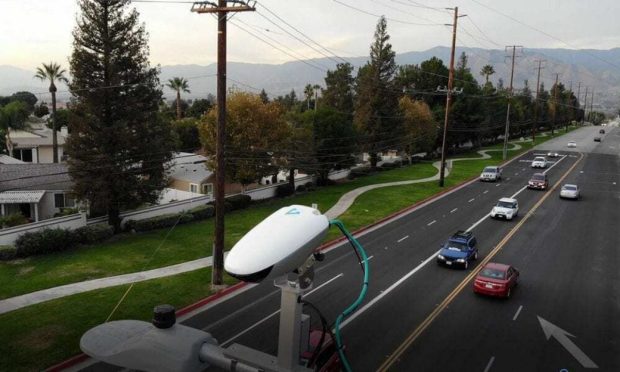Cities Turn to AI-Powered Solutions to Tackle Traffic Challenges

Ninety-nine percent of the traffic lights in the world use technology that hasn’t been improved in more than a century. Add up all the ones that are poorly timed and can’t respond to changing traffic conditions, and you have a recipe for congestion — and a big headache for municipal planners.
“When people that are coming from the tech industry see the gap, and they know what technology can do to bridge those gaps, that gets them super excited,” Tal Kreisler, co-founder and CEO of NoTraffic, told PYMNTS.
NoTraffic recently experienced that in its own ranks, announcing the addition of three C-suite executives who will help the company scale operations as it grows in North America and Europe. The company provides a traffic management platform that’s powered by artificial intelligence (AI) and cloud computing.
Cities Are Coping With Outdated Technology
That’s quite a change from how things are done now. Kreisler said that people who use smartphones and Amazon in their personal lives then go to work managing traffic lights and must work with technology that hasn’t changed since 1914.
With the technology used throughout the U.S., Canada, Europe and other regions, they have to go to each intersection once a month and push buttons to make sure the traffic signals are working.
The reduction in traffic due to people working remotely has not lessened the problem. Because traffic lights work on timing plans, and timing plans are based on traffic behaving in a certain way, until they are re-timed manually, the traffic lights become less effective when people change their behavior.
“On the traffic management side, if you look at the safety side, the fatality rate just went up — it didn’t decline,” Kreisler said. “So, what we have now is perhaps less people are driving to work, but bigger chaos and less safe environment outside.”
New Policies Require New Technologies
As cities around the world implement policies that prioritize public transportation, micromobility and pedestrians over private cars, they’re also increasing the capacity of roads because those modes of transit fit more people into a given space than private cars can.
“The next question is, after you’ve decided about this policy, how do you implement it?” Kreisler said.
Improvements Require Data and Proper Tools
To implement those policies, cities need technology that will provide them with data, such as the number of pedestrians waiting at a crosswalk, and enable them to make decisions, such as allowing the pedestrians to move before the cars.
“Today’s systems are not designed for that,” Kreisler said. “So, this is one of the tools that we are providing.”
It’s up to cities to decide how to manage traffic, and the barrier to their making improvements has been not budgets, but access to tools that will help. Kreisler noted that most metropolitan areas don’t have the option of building more roads.
“Transforming this entire industry to something that’s now becoming measurable, and actually having actionable items that are based on those measurable data points, can affect the reality for the first time, providing them sets of tools that allow them to mitigate congestion, safety and various traffic policies,” Kreisler said.
